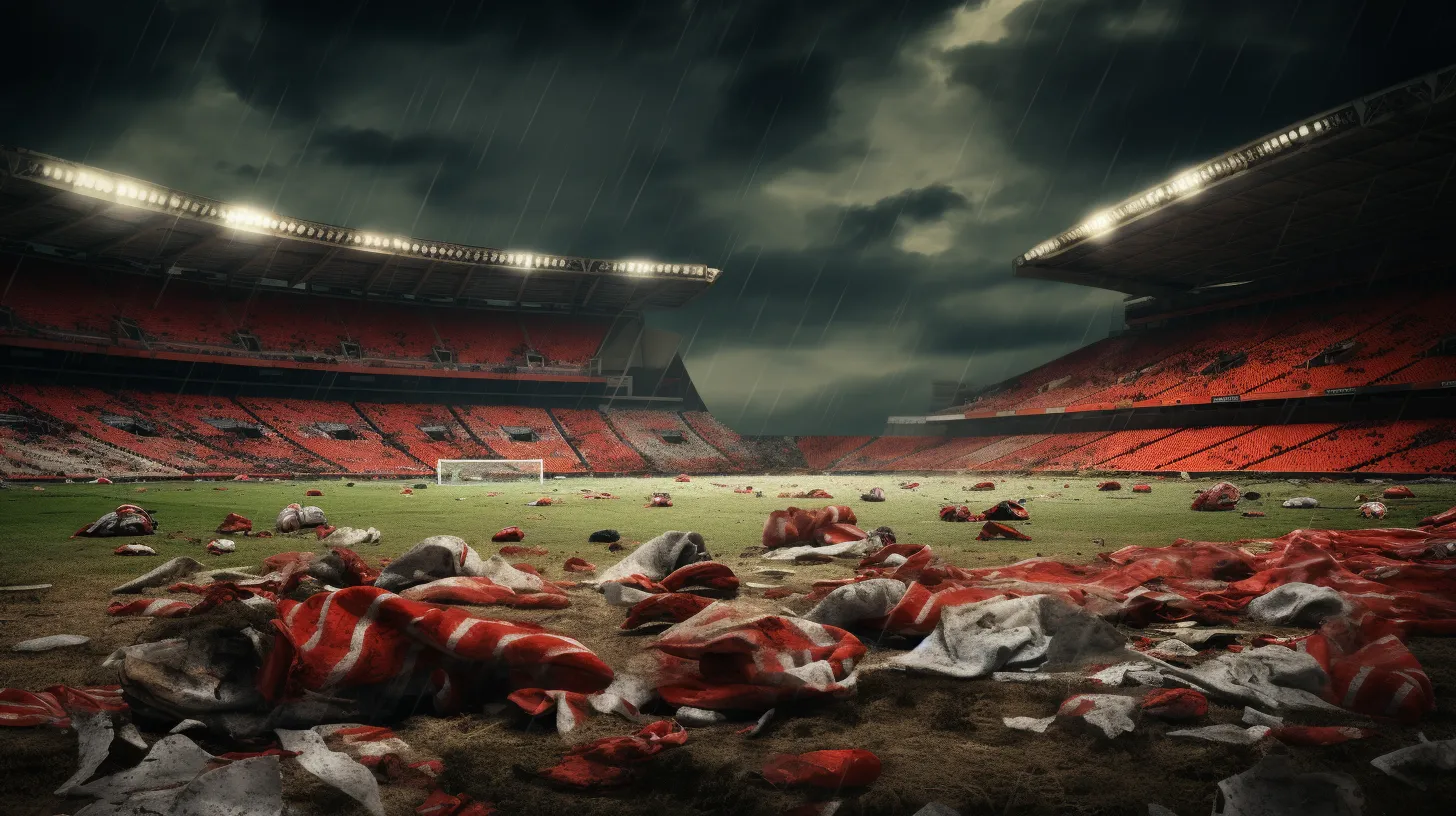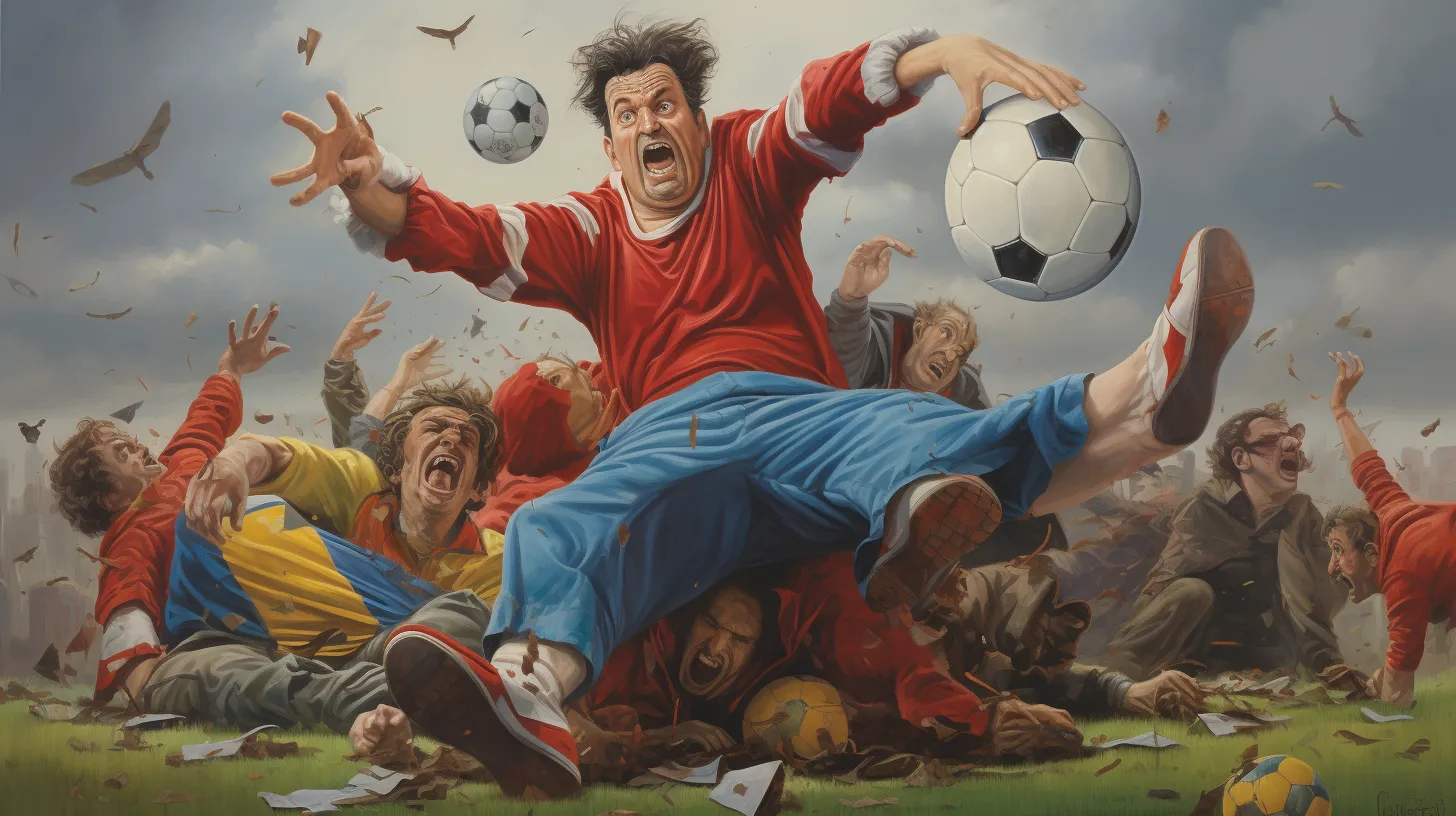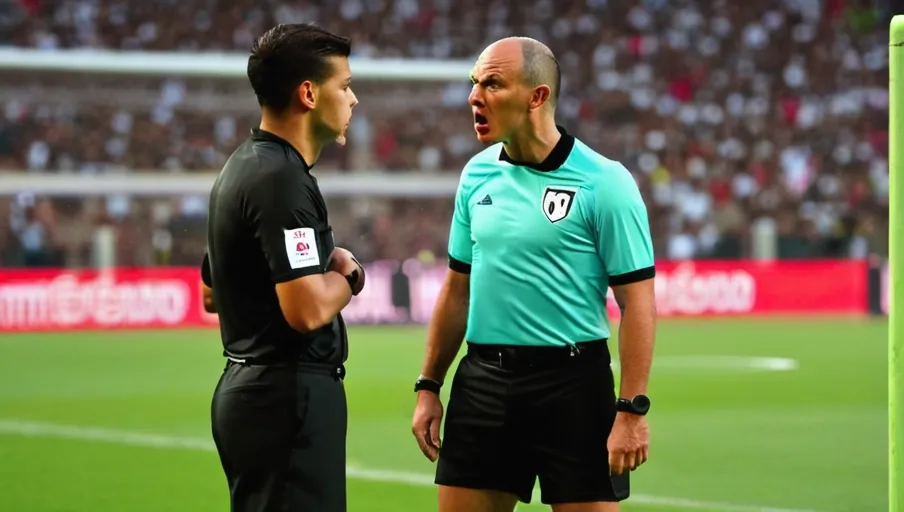
Even though soccer is a beloved sport all over the world, violence can still occur in it. Fights between soccer players are not unheard of and can result in serious consequences.
This article examines the reasons why soccer players fight, the potential consequences of such fights, strategies to prevent them, how teams handle them, and the impact of soccer player fights on fans.
- Soccer player fights can result in various consequences for the players involved, including red cards, suspensions, fines, bans from the sport, and even criminal charges and jail time.
- Strategies to prevent soccer player fights include promoting respect amongst players, emphasizing sportsmanship and fair play, holding players accountable for their actions, and providing adequate coaching, medical care, and mental health services.
- Teams should have a clear plan in place to handle fights, including identifying emotional triggers, breaking up the altercation, providing support to the players involved, addressing the aftermath, and ensuring the safety and comfort of fans.
- Soccer player fights can have a negative impact on fans, leading to a negative attitude and atmosphere, emotional distress, a decrease in enthusiasm and attendance, and media attention that goes beyond the players themselves.
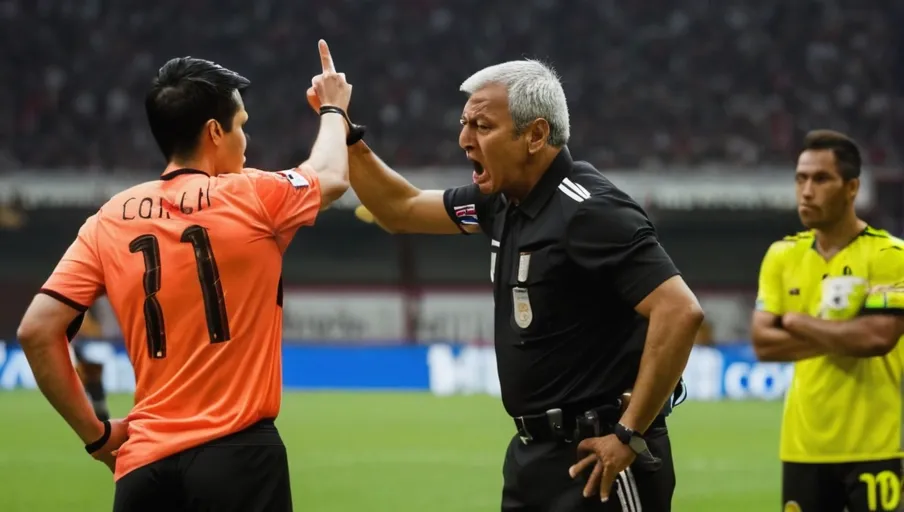
Soccer players may fight for a variety of reasons, such as a clash of personalities, a feeling of injustice, or a desire to protect a teammate.
Player rivalries, especially between fierce competitors, can quickly escalate into a physical altercation if left unchecked. Referee disputes can also lead to violent outbursts, as players may feel that the official is not making a fair ruling.
Furthermore, players may become frustrated or angry if they feel that their rights or the rights of their teammates have been violated. The emotions that arise from these situations often lead to aggressive behavior.
It is significant to note that the majority of soccer fights occur when coaches or league officials fail to control their players. This is why it is essential for players to be mindful of their emotions and remain professional in their conduct.
In addition, coaches should be diligent in monitoring player interactions and intervening when necessary.
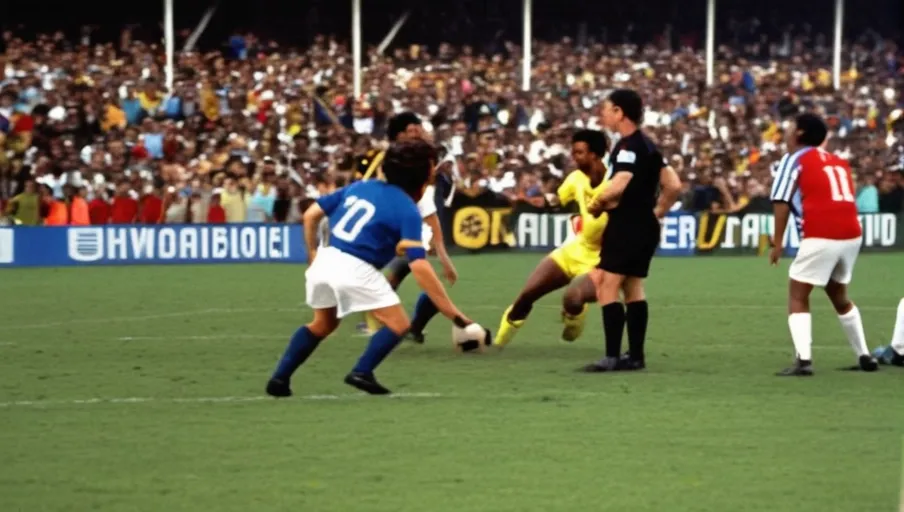
When soccer players fight, they risk facing severe consequences. Player emotions can quickly boil over during a match, leading to physical confrontations on the pitch.
However, such actions are not only dangerous to those involved but can also have repercussions for the entire team. Depending on the severity of the incident, referees can issue red cards, suspensions, or fines. Even more serious infractions could lead to a ban from the sport.
Soccer players should be aware of the consequences of their actions before they resort to violence on the field. If a player is found guilty of assault, they could face criminal charges and jail time. This could have a devastating effect on their career and reputation.
In addition to the legal repercussions, soccer players can also face consequences from their team and the governing body. Teams may impose fines, suspensions, or even terminate the contracts of players involved in a fight. The governing body could also issue fines or bans from playing in certain tournaments.
The potential consequences of soccer player fights are severe and can have lasting impacts on both players and teams. Players must be aware that such actions are dangerous and will not be tolerated.
Referees must also be prepared to take decisive action to ensure that the safety of all players is maintained. In order to avoid such incidents, players must control their emotions and work to resolve disputes in a professional and civil manner.

Preventing soccer player fights requires the implementation of effective strategies. The most important first step is to promote respect among players. This can be done by fostering a culture of respect through education and training.
Coaches should emphasize the importance of sportsmanship and respect for opponents, referees, and fans. Players should also be held accountable for their actions on and off the field and disciplined if they violate the rules of sportsmanship.
Referees should also do their part in preventing fights by acting in a fair manner and taking appropriate action when necessary.
They should be aware of their own biases and strive to be impartial. Referees should also work to ensure the safety of all players and spectators and intervene in any situation that gets out of hand.
Finally, soccer organizations should ensure that all players are properly trained and have access to the necessary resources to reduce the risk of fights. This includes providing players with adequate coaching, access to medical care, and mental health services.
Organizations should also have policies in place to deal with violent behavior and provide support to players who need it.
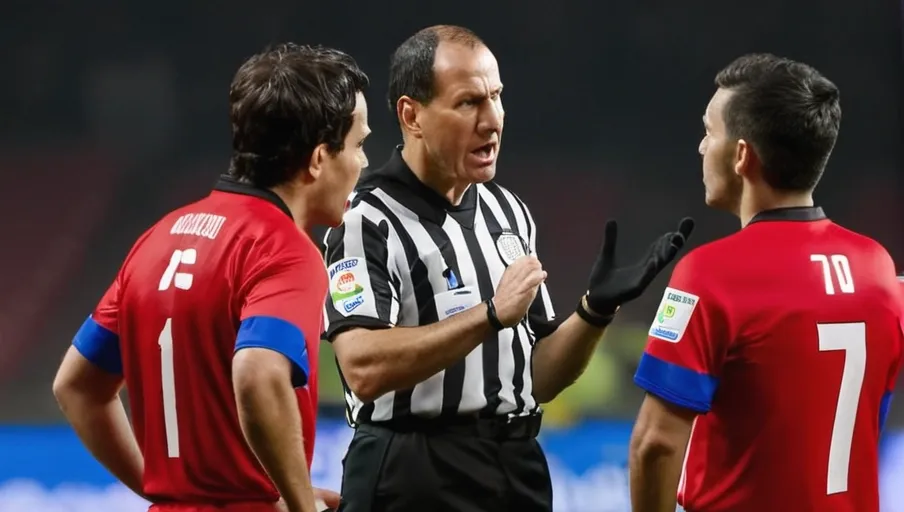
When it comes to soccer player fights, teams must have a clear plan in place to handle them appropriately. This is especially important in professional leagues, as the stakes are higher and the consequences of physical altercations can be severe.
Knowing how to identify the emotional triggers that are most likely to lead to a fight is essential for teams to be able to prevent them. Additionally, teams must be aware of the decisions of the referees, as calls that are perceived as unfair can lead to a heated exchange.
When a fight does break out, teams need to have a plan in place to handle the situation in an effective and timely manner. This includes having a team of people available to break up the altercation as well as providing support to the players who were involved.
It is also important for teams to be able to address the aftermath of a fight, as this is often the root of future conflicts. This includes providing emotional support to the players as well as ensuring that any disciplinary action taken is fair and just.
The impact of soccer player fights on fans is an important factor to consider. Fans of the sport are often passionate and invested in teams, and seeing players engage in physical altercations can be disheartening.
Teams need to be aware of this and take steps to ensure that fans feel safe and comfortable during games. This can include providing additional security at games as well as communicating with fans about any disciplinary actions taken.
Moving forward, it is essential for teams to take steps to prevent soccer player fights and handle them appropriately when they do occur.
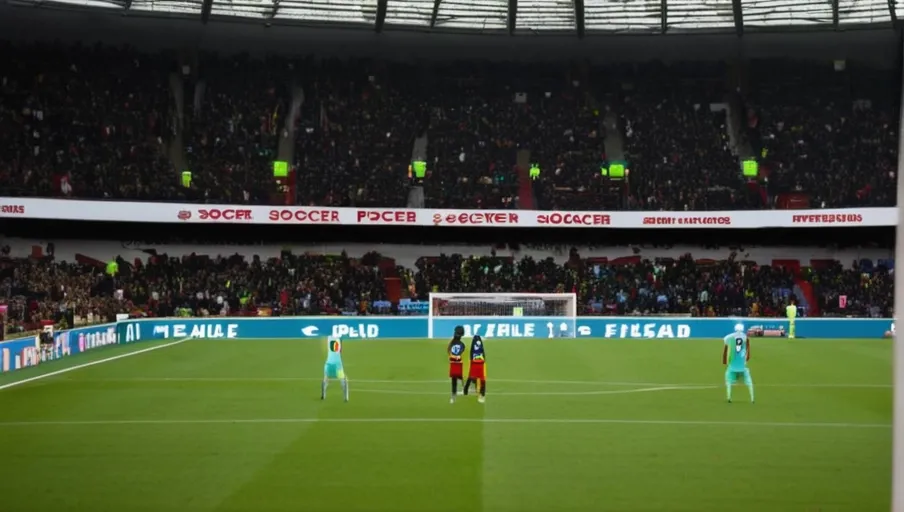
By taking steps to prevent soccer player fights and addressing the aftermath appropriately, teams can help ensure that fans feel safe and supported during games. The impact of soccer player fights on fans can be far-reaching and have a lasting impact on the fan experience.
This can be seen in three main areas:
-
Player Attitudes: Fans take cues from the players on the field, and fights between players can lead to a negative attitude and atmosphere. This can create an environment of aggression or fear for fans, which can lead to a lack of enthusiasm or even a decrease in attendance.
-
Media Coverage: Fights between players can garner media attention, which can have a negative impact on the team’s reputation. Fans may become less interested in the team, and the consequences of the fight may extend beyond the players themselves.
-
Emotional Distress: Fights between players can be unsettling for fans and can cause them emotional distress. This can lead to a sense of unease or even anger at the players involved.
Soccer player fights are an unfortunate part of the game, and teams must take steps to ensure that fans feel safe and supported during games.
Teams should strive to promote positive player attitudes, limit media coverage, and provide emotional support to fans affected by fights. With the right strategies in place, teams can help minimize the impact of player fights on fans and maintain a positive fan experience.
Soccer player fights are an unfortunate part of the sport. It is important to understand the reasons why players fight as well as the potential consequences that can result.
It is also important to put strategies in place to prevent these fights, while teams should have established policies for how to handle fights that do occur.
Ultimately, these fights can have a negative impact on fans and players alike, and teams should proactively work to minimize their occurrence.

